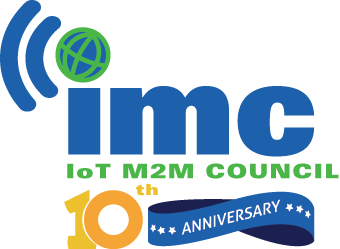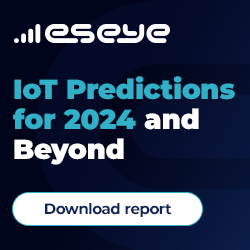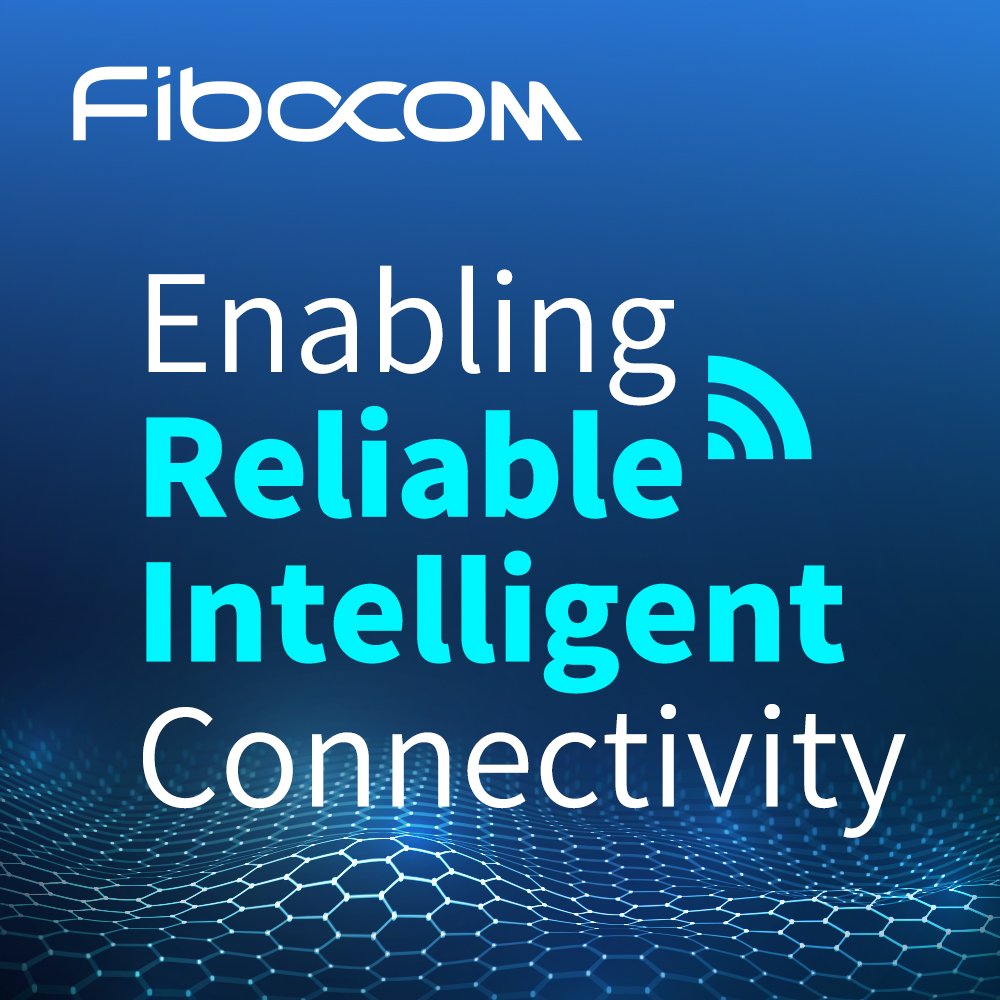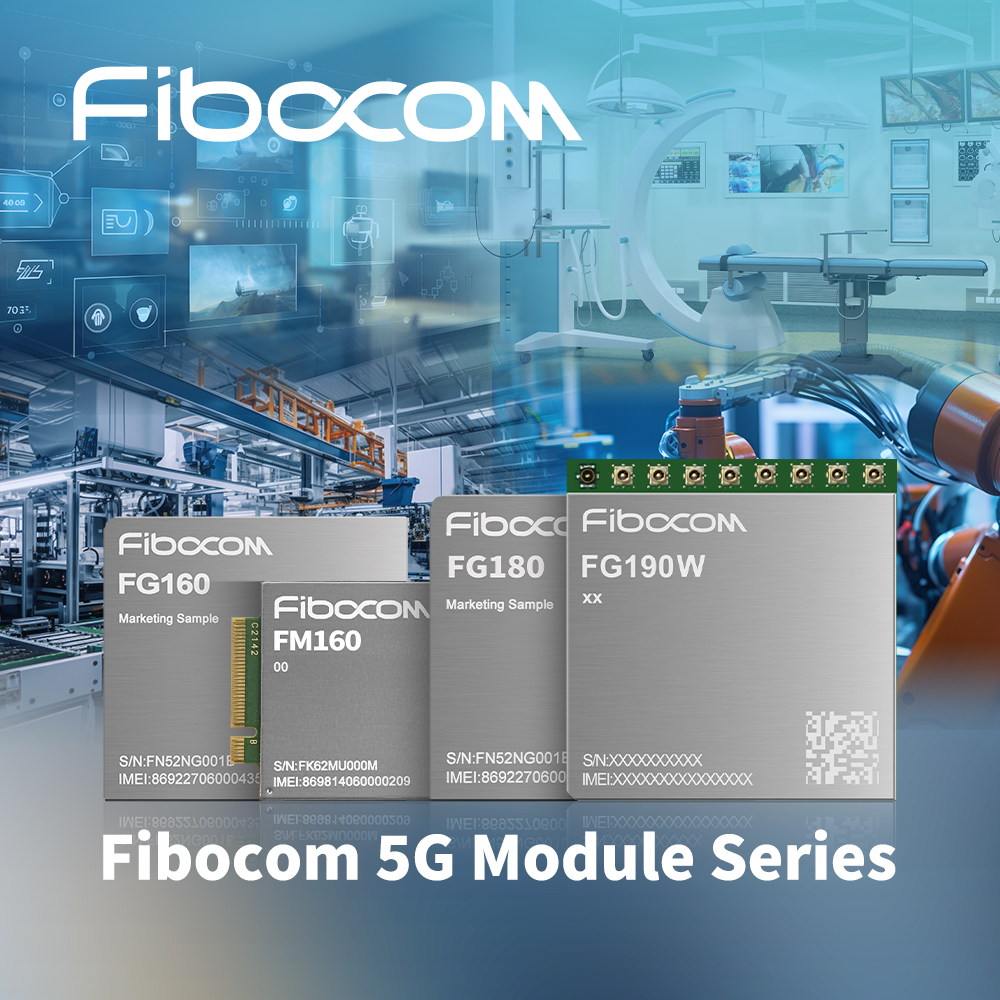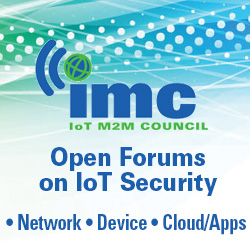Making things simpler at Embedded World
- April 15, 2024
- Steve Rogerson
- Giesecke+Devrient
- Ignion
- Quectel
- Telit Cinterion
- Vodafone Business

At last week’s Embedded World, Steve Rogerson found companies exhibiting a desire to make IoT simpler for users and developers.
You don’t need to know how a television works to enjoy the latest soap opera. And you don’t need to know how internal combustion engines and electric motors operate to drive a car. So why is it necessary to understand IoT technology to reap the fruits of the connectivity and analytics it can provide?
The answer, of course, is you don’t. The IoT has moved beyond a technology that was studied by the tech savvy to one that has become a necessity for many businesses. And they want the benefits out of the box.
That the industry has now realised this could not have been more evident than at last week’s Embedded World show in Nuremberg where just about everybody in the IoT industry was pushing the message to keep things simple. Let the specialist engineers do the hard work; all you need to do is plug it in and away you go.
As an example, integrated SIM, or iSIM, cards are now eliminating the need for a physical SIM card. This was discussed at the show in a panel organised by the IoT M2M Council (IMC).

“Processes are going to change,” said Jose Sanchez, head of product marketing at Telit Cinterion (www.telit.com). “We want to make it easier for our customers to adopt iSIM. ISIM is also about enabling new applications and new possibilities. There are benefits in terms of cost and energy efficiency.”
An iSIM is basically software that is downloaded into the chipset, and that not only makes it easier for users but also takes a burden off the supply chain.

“You don’t have a physical SIM supply chain,” said Olaf Schneider, portfolio strategy manager at Giesecke + Devrient (www.gi-de.com). “You don’t have to store it in warehouses or worry about stock shortages. You don’t have to insert a device during production, which often has to be done manually. No global shipments of SIM cards is a huge sustainability advantage.”

But Marc Sauter, head of IoT product management at Vodafone (www.vodafone.com), said there was still work to be done for iSIM to be accepted. “It is super important that we educate the market and explain the benefits that iSIM brings,” he said. “We need to engage the ecosystem, and it is important that partners work closely together.”

When it comes to designing the IoT modems themselves, modules can make life easier, as Zeljko Maric, product development manager at Quectel (www.quectel.com), pointed out. “Designing a smart module is a complex and expensive process,” he said. “Using a module speeds up time to market and gives hassle-free development.”
A good practical example of making things easier came at the show from Ignion and its just-launched Oxion development platform (www.iotm2mcouncil.org/iot-library/news/iot-newsdesk/ignion-iot-connectivity-ai-development-platform) to help companies get IoT projects to market.

“The purpose is to make the technology accessible for everyone,” said Aitor Moreno, cloud product manager at Ignion (www.ignion.io). “This platform is free of charge; there are enough barriers in the industry.”
He said everyone was talking about artificial intelligence (AI).
“But we have implemented AI to make things simple for integrating an antenna into a design,” he said. “The idea is to give tools to our users so they can make informed decisions. IoT is complex, so we try to provide tools to make it as simple as possible for them.”
And that is the crux, a sign that IoT has matured to the point where the goal is not to convince people how important it is – that work has been done, well almost – but how to make everything from developing to using IoT as easy as possible. Just like watching TV.
